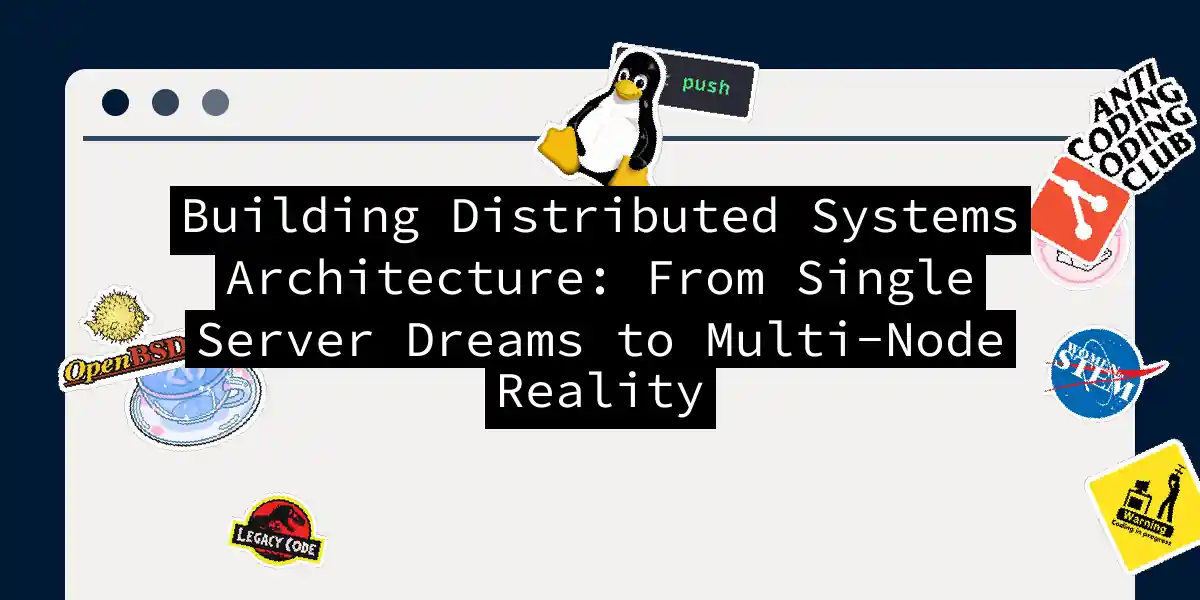
Building a Distributed Locking System in Go with ZooKeeper: From Theory to Production
The Lock Dilemma: When sync.Mutex Just Isn’t Enough You know that feeling when you realize your precious in-process mutex won’t cut it anymore? Yeah, we’ve all been there. Your single-threaded assumptions worked fine until your system decided to grow up and become distributed. Suddenly, you’ve got multiple services running on different machines, all trying to access the same resource, and your sync.Mutex is sitting there looking confused—because it only locks things within a single process....



